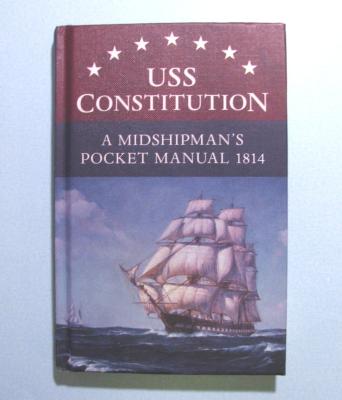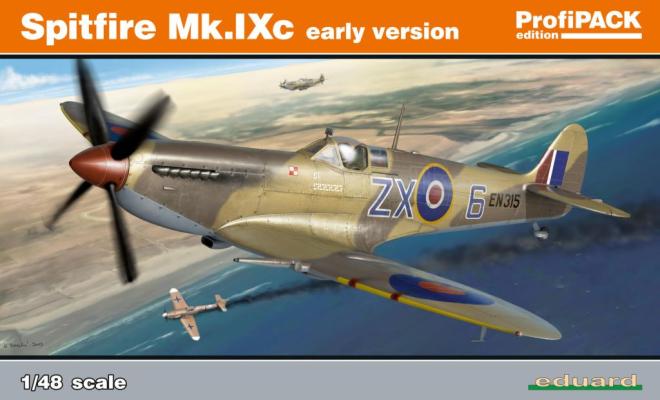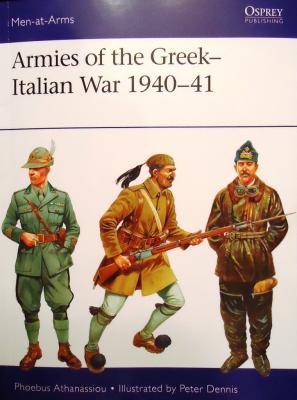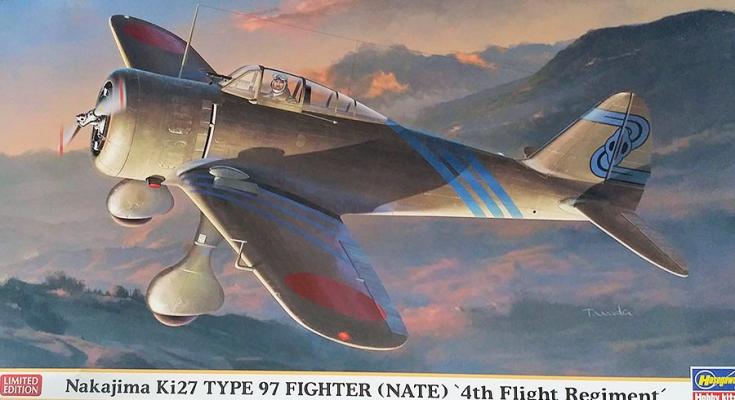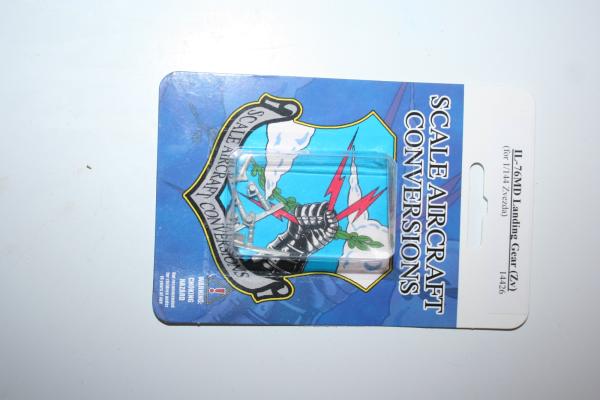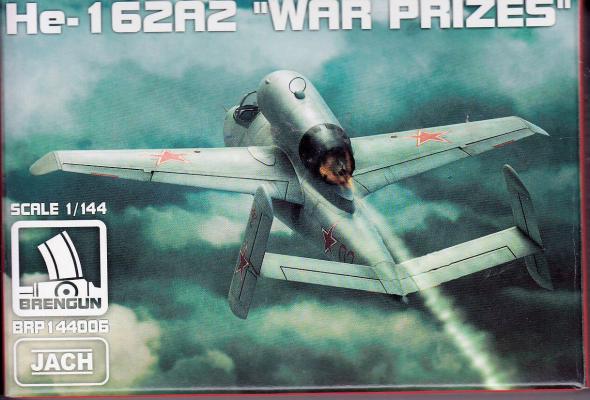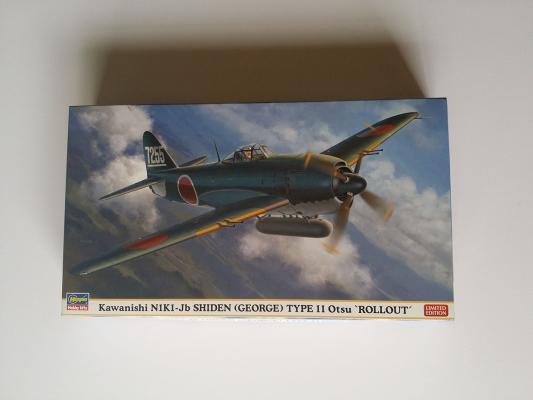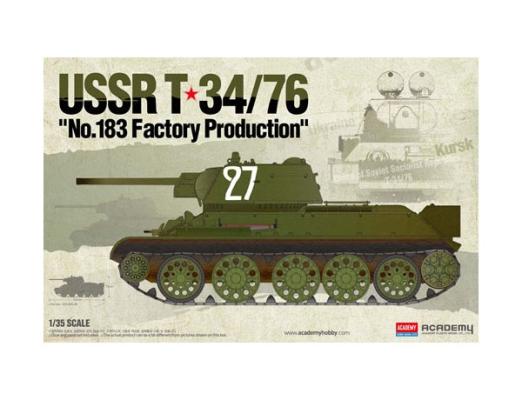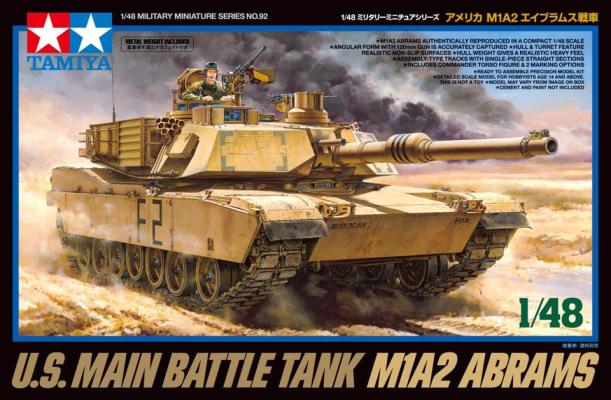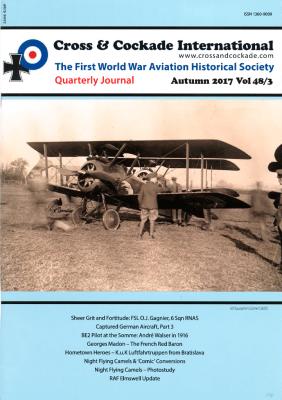For those interested in the early days of the United States Navy, and particularly the USS Constitution, this new release from Osprey is a fun an interesting read. Explained early on as a work of fiction, this book provides a “what if” look at how such a manual may have appeared during the War of 1812. Covering the early days of the Navy and more importantly, the history of “Old Ironsides” from her beginnings to her current status in the Boston National Historical Park, there is much to learn about the oldest ship in the U.S. Navy.
What's New
Eduard has re-released its fantastic Spitfire Mk.IXc early version in the Profipack version. When I say fantastic I really mean it. You get 6 sprues (one clear), a set of masks for the clear parts, a fret of prepainted photoetch and decals to finish your airplane with 6 different options (2 in North Africa colors, 4 in European colors) and a small decal sheet with stencils.
Like most airplane models, construction starts with the cockpit. Please note that I used the included Eduard photoetch fret to enhance the cockpit looks. The original cockpit is nicely detailed, with a combination of raised and recessed details, plus decals for the instrument panel, if you choose to go that route. Note: there are no decal seatbelts in this boxing. Actually the in-box decals for the IP –and the IP itself- look so good that I am sure I will use them to improve others kits I have in my stash.
As an amateur historian, I’d always assumed that I had a pretty good handle on my understanding of World War II and its various actions, armies, equipment and consequences. However, reading this book has humbled me considerably. Until now I’d known virtually nothing about the dramatic skirmishes that occurred between the ambitious Italian forces and those of the much smaller but fiercely determined Greek forces in the mountains bordering Albania. When the fighting started, no one familiar with the international scene expected much from the Greeks, who were facing a much larger and well-tested force. In fact, the Greeks proved something of an ugly surprise to the supposedly invincible force of “eight million bayonets” that Mussolini had at his disposal, actually throwing them back into occupied Albania for a time.
The Nakajima Ki27 Type 97 Fighter, code named “Nate” by the Allies, was designed in 1935 to replace the older Type 95 fighter. It served in the Imperial Japanese Army in China beginning in 1938.
Hasegawa has replicated this interesting fighter in fine detail. The parts were crisp with very little flash on the parts or trees. Finely molded rivets cover most of the fighter, and they look very much in scale, and add a lot of realism to the kit.
Assembly of the kit is straightforward, and the fit is good. The one problem area I ran into was where the trailing edge of the wing meets the fuselage. Here, a mismatch between the two requires some filler and sanding. Overall, very little sanding was needed since the parts fit is excellent.
The Aircraft
The IL-76 has the NATO reporting name “Candid”. It came out about 2 years after the Lockheed C-141, and has the same mission, of strategic and tactical airlift. The aircraft are pretty similar in appearance. The IL-76 can haul about 60 tons of cargo, a C-141 can manage about 90.
The Scale Aircraft Conversions Set
The SAC set for the IL-76 consists of 5 parts, all in white metal. There are four main gear legs, with oleo scissors which use the kit wheels, and a nose gear leg. These parts closely match the kit parts.
Painting
I painted the parts light gray, and left the oleos metal. This was probably the easiest part of the whole thing.
The Aircraft
The Heinkel 162 series was a last-ditch effort by the RLM to stop the destruction of Germany’s industries, transportation system and energy distribution by Allied bombing. The project began in September of 1944, with the prototypes first flown in December.
The He-162A versions were mostly wood construction, with the single turbojet engine. It ended up being the fastest jet fighter flown during WW2. The wood construction turned out to be highly problematical, as the glue used was not compatible with the wood, and the second prototype flight ended with one aileron coming apart, and the aircraft crashed, killing the pilot.
The Imperial Japanese Navy ordered the N1K1-Jb in 1942 as an interceptor.
Hasegawa has come out with a fine representation of this Imperial Japanese Navy Kawanishi N1K1-Jb, with the Allied code name of “George”. The kit decals represent three factory-fresh “George” aircraft.
Building the kit is straightforward, with little flash on the sprues and pieces. Assembly begins with the cockpit. The instrument panel uses a decal for the instrument panel over a raised detail panel. A word of caution here: ensure that the cockpit is securely attached to the side of the fuselage, as mine broke loose during final assembly. I was lucky enough to be able to re-glue the cockpit on my model.
Background
I won’t go heavily into the background of the Russian T-34 tank, suffice to say that it is a VERY strong contender for “the tank that won the war”. Certainly, this was so on the Eastern Front of World War Two. It was well suited for the climatic conditions found on this battlefront, with its harsh winters and “muddy season”. Its diesel engine was easier to start in cold conditions than the gasoline engines preferred by the Germans, and its wide tracks allowed it to better handle the muddy and marshy conditions found in much of Russia. It had well-sloped armor that at least in the early days of Operation Barbarossa proved a very tough nut for German anti-tank gunners to crack. And it’s 76 and later 85mm main gun was quite capable of defeating the armor of most German tanks.
Background
The M1 Abrams, named for former General Creighton Abrams (commanded US troops in Vietnam following General Westmoreland, and later became US Army Chief of Staff), is the current front line Main Battle Tank of the US Army and US Marine Corps. It also serves in the Armed Forces of nations such as Australia, Egypt, Iraq, and Saudi Arabia. It first entered service with US forces in 1980 and has over the years since been upgraded with various enhancements, especially as battle conditions in which it finds itself have changed from a tank vs tank to “urban combat” situations.
The latest journal of Cross & Cockade International - Autumn 2017, features a photograph of a Sopwith Camel, C8372, of 50 Squadron. The outside rear cover features five color profiles by David Méchin of Georges Madon’s aerial mounts. If you check out the website link above, you can get additional sample pics of the current issue.
Cross & Cockade International is a non-profit UK based group known as the First World War Aviation Historical Society that publishes their journal four times a year. They also provide a free newsletter (sign up on their website) and occasionally publish WWI themed books like the Sopwith Dolphin monograph I reviewed earlier for IPMS USA. This Journal is the sister of the US Journal, Over The Front.

